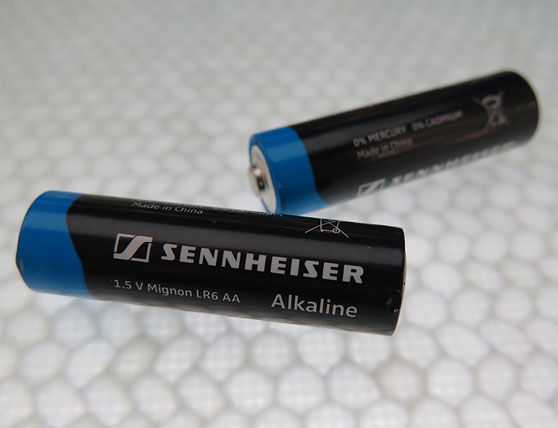You care about environmental protection?
We do, too! Even during the early development of new products, we make sure resources are used responsibly, thus protecting our environment. Our management has firmly integrated this objective in our corporate guidelines.
For the manufacturing of Sennheiser components, we rely on innovative technology which minimizes the environmental impact. The same strategy applies for the application of our products by the consumer. Sennheiser customers can thus be assured that they are selecting premium-quality products.
The protection of our environment covers the entire life-cycle of a product. Investments for this area are helping us to stay competitive in the long term and to secure our jobs. We benefit from our highly motivated employees and experienced specialists: We have qualified and specially trained experts at all our production sites who exclusively take care of all issues related to occupational health and safety as well as environmental protection.
Material conformity
Substances which may be hazardous to human safety and/or to the environment are prohibited by law, or limit values have been defined for them. Regulations are constantly updated based on technological progress as well as current research. This covers both national and international regulations. Sennheiser complies with all regulations that may exist for our various products in the different markets, and we verify our compliance according to processes specially developed for this purpose. Some of the key requirements are briefly described below.
REACH
The RoHS Directive described above restricts the use of hazardous substances in electrical and electronic equipment. The European Regulation for the Registration, Evaluation, and Authorisation of Chemicals (REACH) however has been set up in order to protect the human health and the environment in general against all substances categorized as critical. As the REACH regulation is extremely complex, Sennheiser is in close contact with our suppliers in order to jointly meet the required tasks. Some of the key obligations are briefly described below:
Registration
As we are manufacturing products according to the REACH regulation, we are not directly affected by the registration. However our suppliers are subject to this obligation and we are working closely with them.
Substances of Very High Concern - SVHC
The currently applicable SVHC list (candidate list) defines substances for which there is a registration obligation to customers and downstream users. It can be found on the website of the European Chemicals Agency (ECHA):
http://echa.europa.eu/web/guest/candidate-list-table
According to article 33 of the REACh regulation, the manufacturing company shall “supply to the consumer all information available to him concerning the safe use of the product, and shall at least supply the name of the relevant substance“.
Substances of REACH Appendix XIV and XVII
Based on the substances defined in the candidate list, the EU discusses which of these substances require authorization. These are then published in Appendix XIV:
https://echa.europa.eu/authorisation-list
In cooperation with our suppliers, we are launching appropriate activities in case that our products contain substances listed in Appendix XIV so that they have to be replaced.
Restrictions are listed in Appendix XVII:
https://echa.europa.eu/substances-restricted-under-reach
The restrictions are very specific and often combined with limit values. Again, Sennheiser is in close contact with our suppliers in order to ensure compliance with the material restrictions. You will find more detailed information related to REACH at http://echa.europa.eu/
RoHS
The European RoHS Directive defines the “Restricted use of certain hazardous substances in electrical and electronic equipment“.
The requirements of the RoHS Directive are constantly adapted by means of European law. We are launching RoHS-compliant products thanks to the early adjustment of manufacturing processes and material selection by both Sennheiser and Sennheiser suppliers. RoHS compliance is internally monitored at Sennheiser and verified both by us and by our suppliers. In order to document our RoHS compliance, the CE Declaration can be opened and downloaded from our website.
Disposal
Recovery, re-use and recycling. Sennheiser products are not only designed to be free of hazardous substances and consume little energy. They are furthermore designed to have as little as possible impact on the environment at the end of their life cycle, and to be recovered or recycled as far as possible. Sennheiser therefore conveys old products, batteries, and packages to appropriately qualified conditioning systems.
Two things are required to ensure a smooth and correct recycling and disposal:
- Sennheiser pays for the future recycling when putting products into circulation – as nobody can tell when a consumer will decide to get rid of his device.
- Sennheiser undertakes to provide all necessary information required for the recovery or recycling of our products. This information is made available to all Sennheiser subsidiaries around the globe to make sure that the products can be correctly registered in each country according to applicable local disposal regulations.
- Should re-use centers or treatment and recycling facilities require disassembly information, free information will be provided at the address below via the Contact Center. Dismantling information is e.g. information on re-use, preparation for re-use or treatment.


